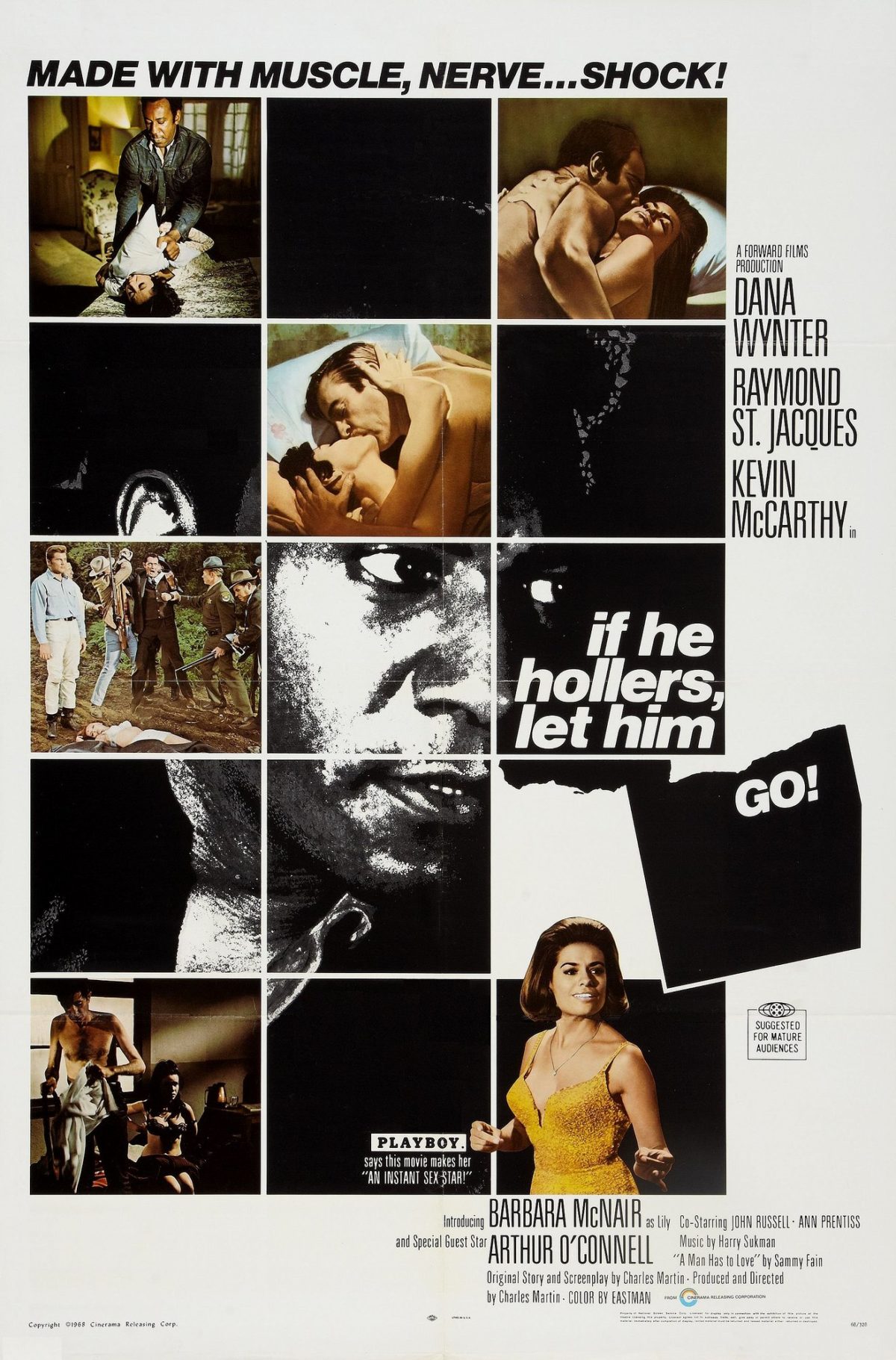In my personal experience, nostalgia does not revolve around “better” times compared to the present as much as it revolves around more familiar times than the present. An obvious example from my life is the commonly reported nostalgia for the days during the COVID lockdowns. I have seen several articles and social media posts discussing how people find themselves yearning for the time when they were in their isolated routine at home during 2020. While very few people would attempt to make the argument that the COVID lockdown represented a better period than we are currently in, the desire to be back in that time remains. Why? I think it revolves around the certainty with which we view that time through the lens of the present. In other words, while we definitely do not know what today or tomorrow holds for us, we know positively what those days held for us during COVID lockdowns because we have the added benefit of those days having already been completed. Therefore, the nostalgia that we feel for the past is really just a desire to be in a familiar situation, even if that situation is objectively worse than our current situation.
In Raymond Chandler’s Farewell, My Lovely (and the 1944 movie adaptation Murder, My Sweet) the audience is thrown into a world in which nostalgia is a driving force for the actions of several central characters. First of all, the opening scene of the book sees an ex-convict, Moose Malloy, searching for his girlfriend who he had been dating eight years ago before he went to jail. It is apparent that Malloy is looking to rekindle what he had in the past, before his jail time. While this is a less subtle form of nostalgia driving the plot, it is still worth mentioning. Beyond Malloy’s search for Velma, our narrator, Philip Marlowe, fills the first chapter with nostalgic language. Marlowe tells the reader in the opening line that he is on “one of those mixed blocks” on Central Avenue in LA that is “not yet all Negro.” Describing a neighborhood in such a manner screams nostalgia – “not yet all Negro.” There are many ways to communicate the same message about a demographically changing neighborhood, but Marlowe chooses a communication method that seems to contain a sense of disappointment at the new/yearning for the old. The establishment into which Marlowe goes is now owned by a black owner and filled with black patrons – something that was not the case in years past. This change, and the subsequent murder that takes place within the changed establishment, work together to indicate that it used to be better when the bar was owned and frequented by white Americans. While film code of the 1940s kept this exact scene from making the final cut in the movie version of Chandler’s novel, directors instead played with the sign of the name of the bar, Florian’s, by blacking out the “L” and “A” in the name leaving a sign that read “Forin’s” to get a similar message across. It is a subtle detail, but important in the context of nostalgia and how it drives the plot of the story.
What I think is important to recognize, as stated earlier, is that this nostalgia is not really a desire for a “better” time. In Farewell, My Lovely, the new black owner and black customers likely have very similar life stories as the previous owner and customers that were white. After all, they live in the same neighborhood and are similarly situated from an economic perspective. What Marlowe and Malloy are yearning for, then, is simply a sense of familiarity. It’s not that the new owner or customers are fundamentally different people with regards to their lives than the old owner and customers were, but rather that Marlowe and Malloy do not know them. In fact, it could well be the case that life was worse in some ways for Marlowe and Malloy when they knew the owner and patrons well. In spite of this possibility, however, Marlowe and Malloy yearn for the past in the same way that many yearn for the days of the COVID lockdown. I think that we can learn from this to always consider fully what we desire from the past rather than ignorantly stating that it was better “back in our day.”
